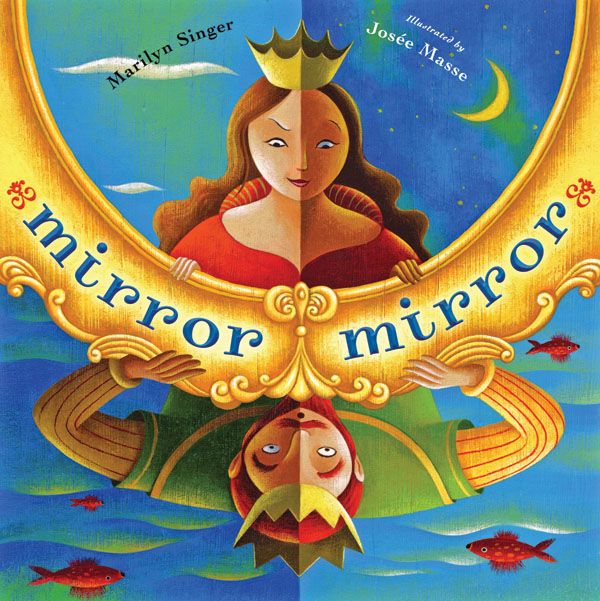
Mirror Mirror: A Book of Reversible Verse
By Marilyn Singer
Illustrators
Illustrated by Josée Masse
Publisher
Dutton
Imprint
Dutton
ISBN
By Marilyn Singer
9780525479015
Awards and Honors 2011 ALA Notable Children’s Books, All Ages; 2011 NCTE Notable Children's Books in the Language Arts; CLA Notable Children's Books in the English Language Arts 2011; Children's Book Committee Bank Street College of Education Children's Choices - Best Books of 2011, Special Interests, Poetry; Booklist 2010 Editor’s Choice, Books for Youth, Nonfiction, Middle Readers; Booklist Lasting Connections of 2010, Language Arts; Horn Book Fanfare, Best Books of 2010, Poetry; Kirkus Reviews 2010 Best Children’s Books; Publishers Weekly Best Children’s Books 2010, Picture BooksMirror Mirror: A Book of Reversible Verse
 5
5
Out of stock
SKU
9780525479015J
How would Little Red Riding Hood and the wolf each tell their sides of their story? How about Cinderella and her prince? Marilyn Singer uses the same words in opposite order (only changes in punctuation and capitalization are allowed!) to create two different poems-and two different points of view. She calls this clever new poetic form the reverso. Explanation of reversos. Full-color illustrations.
|
Standard MARC Records Cover Art |
Independent Readers (Grades 1-4)
Independent Readers
Independent Readers (Grades 1-4)
For Grades 1-4
This collection includes 12 books per year, ranging from picture books to early chapter books. With large print, eye-catching artwork, and a mix of fiction and nonfiction, these selections help build confidence and comprehension in independent readers.
12 books per Year
$221.52 per Year
Interests
Chapter Books, Fiction, Reluctant Readers


